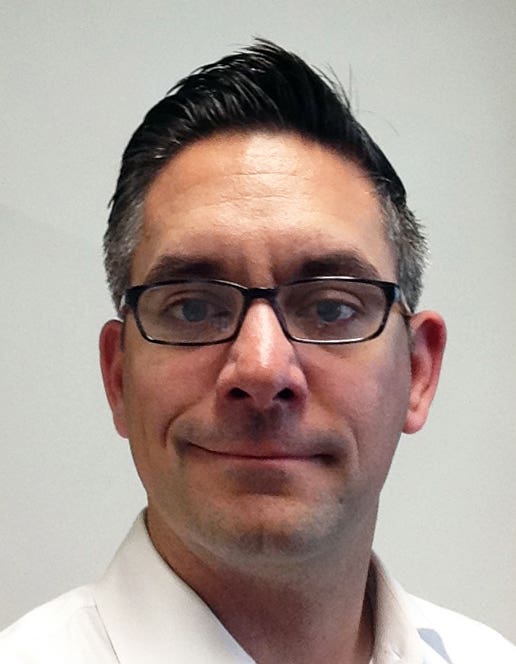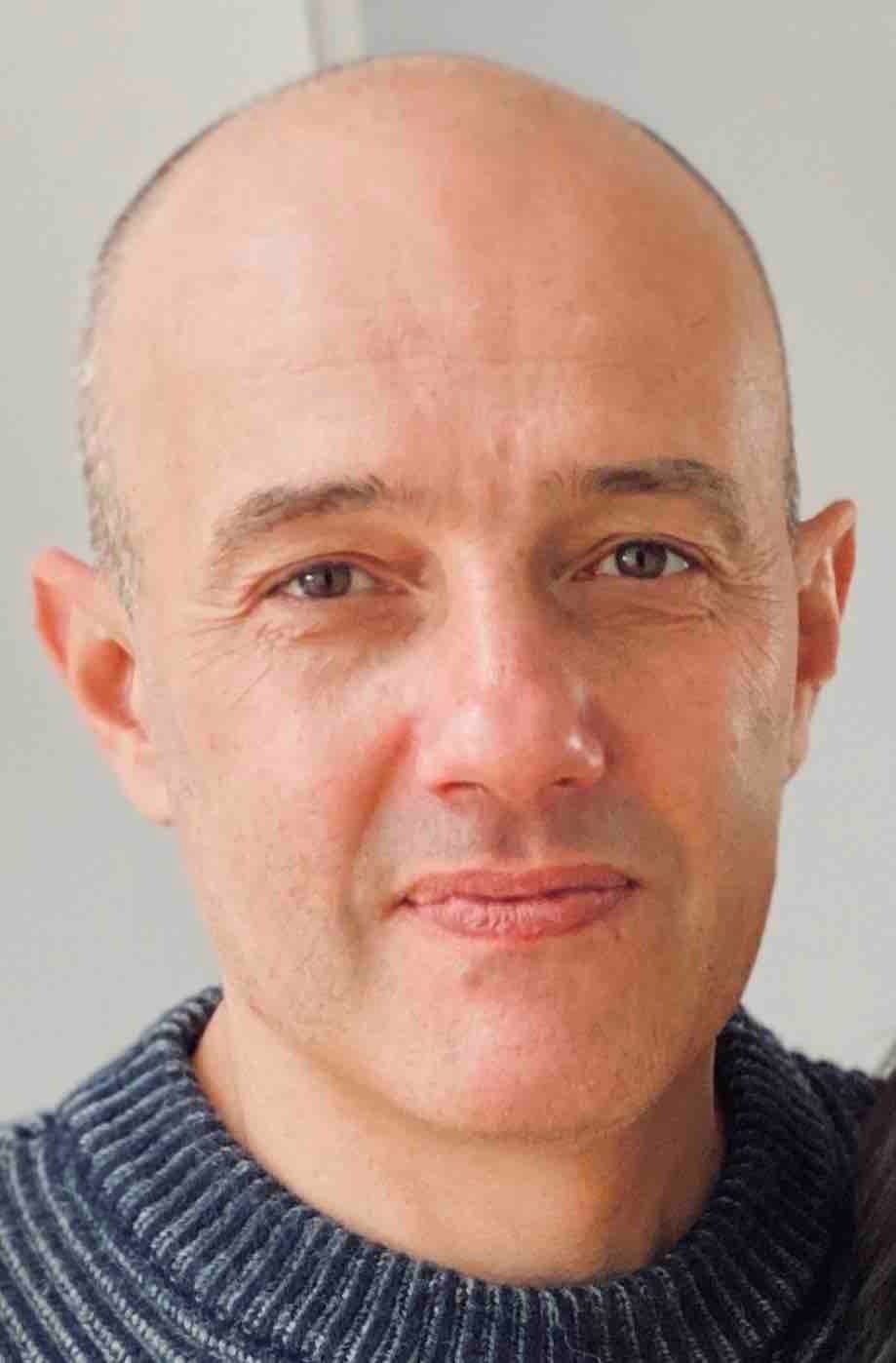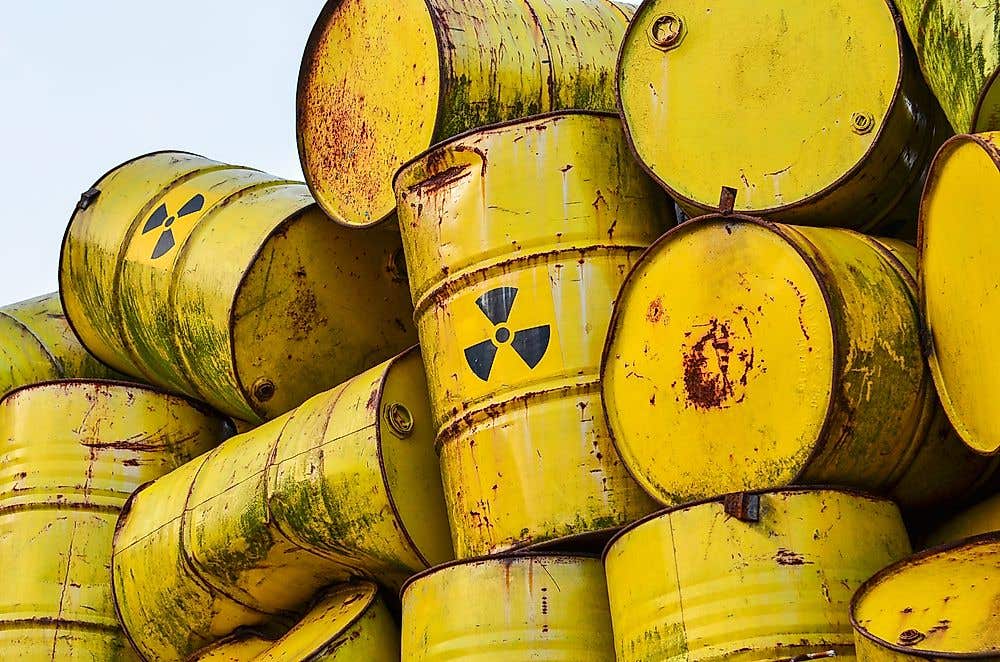Breakthrough study finds that aging naturally protects against cancer
A new study finds that older tissues can naturally resist tumor growth, revealing a surprising link between aging and cancer behavior.

 Edited By: Joshua Shavit
Edited By: Joshua Shavit

New research shows aging can slow lung tumor growth and weaken cancer-driving mutations. (CREDIT: Shutterstock)
Most people assume that growing older only raises cancer risk. That idea feels natural because most diagnoses occur after 60. But when you study population data closely, the pattern becomes more complicated. Cancer rates climb through midlife, level off later and then decline in very old age. For years, that curve has confused scientists.
A new study from researchers at Stanford University helps explain why the oldest individuals seem protected. The findings overturn common beliefs about cancer and age and offer a more hopeful picture of how aging shapes the body’s ability to resist tumors.
What Old Mice Taught Scientists About Cancer
Researchers created a mouse model that could form lung tumors when exposed to a specific genetic trigger. Young mice were four to six months old. Old mice were 20 to 21 months old. That age range reflects the point in life when many signs of aging appear in mouse tissues.
After scientists activated a cancer-driving KRAS mutation, they waited fifteen weeks. The results were hard to ignore. Older mice developed about one third as much tumor growth as younger ones. Their lungs weighed less, and fluorescent imaging showed far fewer tumors. The difference was not caused by poor viral delivery in older lungs; both age groups were infected at similar rates.
“It’s a striking finding,” said Monte Winslow, an associate professor of genetics and pathology. “We would expect that older animals would get more and worse cancers, but that’s not at all what the study found.”
The results matched a pattern seen in people over 85, whose cancer rates fall rather than rise. For Winslow and his team, this pattern suggested something deeper than missed diagnoses or shifts in healthcare behavior. Instead, aging itself seemed to create conditions that suppress tumor growth.
Fewer Tumors and Slower Growth in Older Lungs
To measure how age shapes the earliest steps of cancer, the researchers used viral barcodes. Each barcode marked an individual tumor. That allowed them to count how many tumors appeared and how large each one grew.


Again, the results pointed in the same direction. Older mice formed fewer tumors, and the tumors that did form stayed much smaller. The reduction held true in males and females. Age weakened both tumor initiation and growth.
“Aging is a systemic change to your body, but most cancer studies in mice are conducted on younger animals,” said former graduate student and study lead author Emily Shuldiner. “When we introduced the same lung cancer-causing mutations in young and old mice, the young mice develop more, faster growing tumors.”
Her work, published in Nature Aging, shows that aging does not simply push tissues toward cancer. Instead, older tissues can resist tumor development in ways younger tissues cannot.
How Age Weakens the Impact of Tumor Suppressor Loss
Cancer begins when mutations push cells to divide uncontrollably. Many cancers progress only after tumor suppressor genes lose their protective function. To understand how age changes these genes’ influence, the team used CRISPR gene editing to inactivate 25 tumor suppressors one by one.
Even here, age played a major role. Most tumor suppressor losses had much weaker effects in older mice. Tumors grew, but the boost provided by those mutations was far greater in younger animals.
One mutation stood out. Inactivating the tumor suppressor PTEN had a powerful effect in young lungs but a far smaller effect in old ones. PTEN normally restrains a growth pathway called PI3K-AKT. When PTEN was removed in young mice, tumors soared. In old mice, the same mutation mattered far less.
“PTEN inactivation stood out as having a much stronger effect in young mice,” Shuldiner said. “It suggests that the effect of any given mutation, or the efficacy of cancer therapies targeted at specific mutations, might be different in young versus old people.”
Aging Leaves a Mark Even on Cancer Cells
To see how age changes the inner workings of cancer cells, the team analyzed around 180,000 single cells from tumor-bearing lungs. They discovered that cancer cells in older lungs still carried strong signs of aging even though tumors divide quickly.
“We found that patterns known to be associated with aging were still present in the cancer cells from old mice,” Shuldiner said. “This was not an obvious finding because cancer cells are rapidly dividing.”
The picture changed when PTEN was removed. Cancer cells in old mice lost many of their aging fingerprints and began to look more like cancer cells from young animals. These age-erasing changes spread to surrounding immune and stromal cells, suggesting that PTEN loss resets whole neighborhoods of tissue.
Rethinking the Link Between Age and Cancer
The study supports a new view of cancer and aging. Throughout life, mutations accumulate that raise cancer risk. At the same time, tissues gradually adopt features that make it harder for tumors to begin or grow. Those changes strengthen late in life and may help explain why cancer rates decline near the end of the lifespan.
“The implications of this story could be huge,” said Dmitri Petrov, professor of biology. “Maybe aging has a beneficial side to it that we could harness for better therapies.”
Winslow agrees. “We develop these animal models of cancer with an eye to developing new treatments for patients,” he said. “But for this to work, the models have to be correct. And this study suggests that models using young animals may not be accurately reflecting important aging-related changes.”
Research findings are available online in the journal Nature Aging.
Related Stories
- Breakthrough antibody delivery system targets hidden cancer cells
- Researchers develop new tools for early cancer detection and treatment
- New molecule targets and destroys harmful RNA linked to cancer and aging
Like these kind of feel good stories? Get The Brighter Side of News' newsletter.
Joseph Shavit
Science News Writer, Editor-At-Large and Publisher
Joseph Shavit, based in Los Angeles, is a seasoned science journalist, editor and co-founder of The Brighter Side of News, where he transforms complex discoveries into clear, engaging stories for general readers. With experience at major media groups like Times Mirror and Tribune, he writes with both authority and curiosity. His work spans astronomy, physics, quantum mechanics, climate change, artificial intelligence, health, and medicine. Known for linking breakthroughs to real-world markets, he highlights how research transitions into products and industries that shape daily life.



